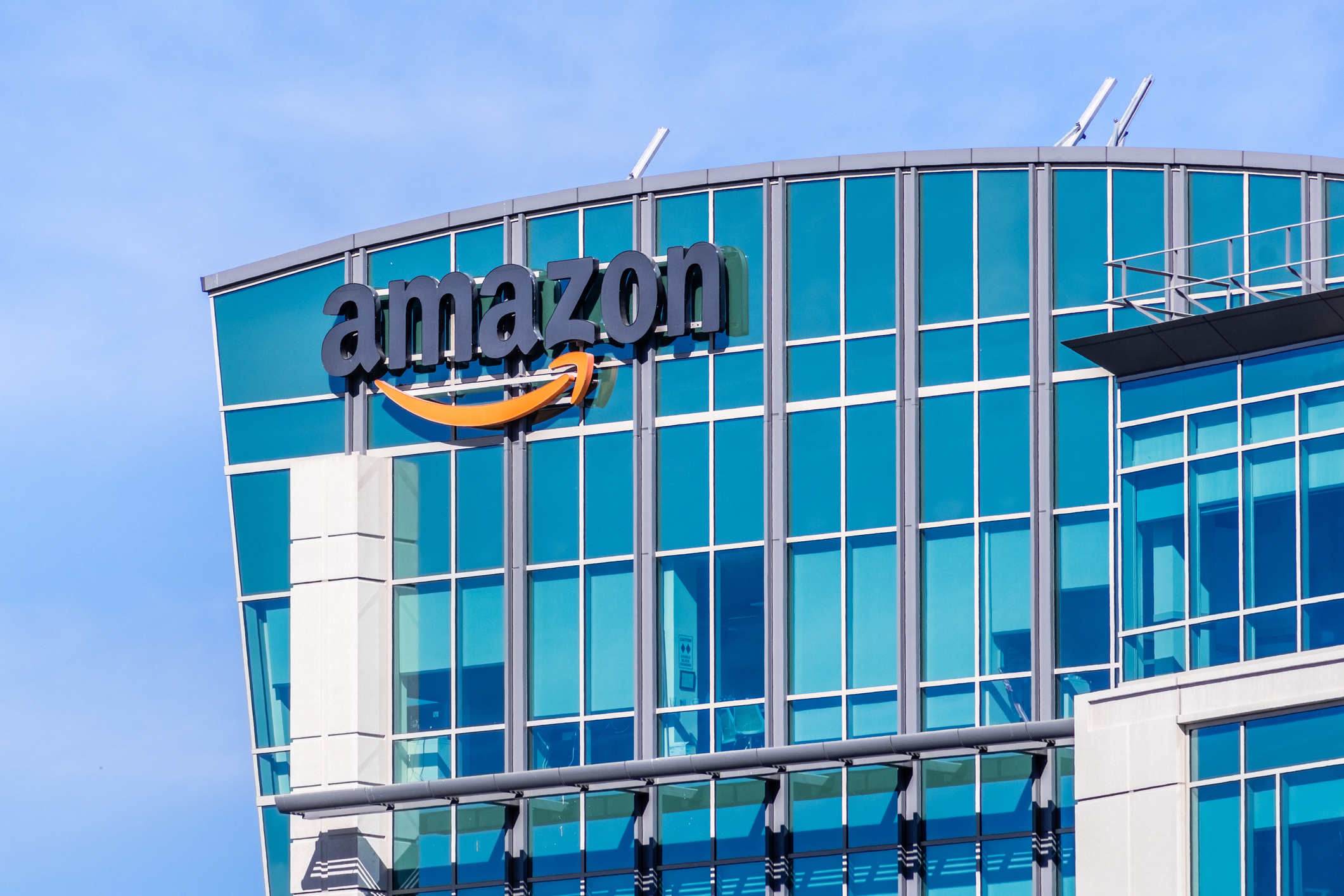
Book a call with an incentives expert to learn more.
Crystal City, Virginia, had a huge win when it won the right to host Amazon’s second headquarters, HQ2. With the promise of tens of thousands of new jobs , the regions had reason to celebrate. Amazon, of course, benefited from some rather sizableeconomic incentives offered by both regions. It is no secret that governments across the country regularly devote significant resources to attract big contracts with entities like Amazon.
While large contracts grab headlines, states and municipalities should not forget about the economy’s true drivers—small to medium-sized businesses. When making decisions on economic incentives and deciding how to structure these programs, states and municipalities need to remember that SMBs can do as much if not more to drive regional economies. Focusing economic incentive programs on small- to medium-sized businesses can show significant returns in the long term.
SMBs Drive a Large Percentage of the Economy
This is a cliche one hears a lot in conversations around business, but it is backed up by facts, not sentiment. While large, multinational corporations may seem to drive the economy, the hard numbers define SMBs as the drivers of the US economy.
In fact, small to medium-sized businesses account for nearly 50 percent of the private non- farm GDP and are the majority when it comes to exporting goods. SMBs account for 98 percent of exported goods and 33 percent of export value.
SMBs are defined by the Small Business Administration as companies with 500 employees or less.1
Since the start of the COVID-19 pandemic there has been a massive explosion in new business formation and this trend shows now signs of slowing.
SMBs are a Major Source of Employment
While 10,000 new jobs is a coup for any regional economy, the truth is that SMBs are the most significant employers from the local to the national level. According to the 2010 census, firms with fewer than 500 employees account for 99.7 percent of the 5.6 million employer firms in the US. The same data also tells us that SMBs accounted for two-thirds of net new jobs in the US.2 The employment of your constituents depends on SMBs.
SMBs are Leading the Charge on Diversity
Diversity is increasingly important in today’s marketplace. SMBs are leading the charge when it comes to employing a more diverse workforce. Corporate America, however, is not performing as well.
Between 2007 and 2012, small businesses saw a 38.1 percent increase in minority ownership.3 Fortune 500 companies, on the other hand, continue to lag, with white men accounting for 72 percent of these companies’ C-suites.4 Employing a diverse workforce is not a matter of optics, either. Diversity produces results. In fact, diversity drives better performance, according to a recent McKinsey study.5
“Companies in the top quartile for racial and ethnic diversity are 35 percent more likely to have financial returns above their respective national industry medians.
“Companies in the top quartile for gender diversity are 15 percent more likely to have financial returns above their respective national industry medians.
“Companies in the bottom quartile both for gender and for ethnicity and race are statistically less likely to achieve above-average financial returns than the average companies in the data set (that is, bottom-quartile companies are lagging rather than merely not leading).”
SMBs are Eternal Optimists
This is a more nuanced issue, but one that is still relevant. SMBs continue to manifest a well-documented optimism about the economy.6 One could even argue that SMBs are optimistic by definition. After all, SMBs are driven by entrepreneurial ambition and spirit.
When the goal with economic incentives is for states and municipalities to encourage behaviors that drive economic growth and prosperity, what better way to do that then encourage the very people who are optimistic about the economic future?
Conclusion
Given this data, it is a wonder that more states and municipalities are not putting more effort into attracting SMB involvement in economic incentive programs. By offering SMBs the same tax breaks as Amazon, states and municipalities can drive the kind of true economic growth they hope for via economic incentives.
Book a call with an incentives expert to learn more.
Footnotes
- https://www.sba.gov/document/support--table-size-standards
- https://www.sba.gov/sites/default/files/FAQ_Sept_2012.pdf
- https://www.sba.gov/sites/default/files/advocacy/United_States.pdf
- http://fortune.com/2017/06/09/white-men-senior-executives-fortune-500-companies-diversity-data/
- https://www.mckinsey.com/business-functions/organization/our-insights/why-diversity-matters
- https://www.nfib.com/surveys/small-business-economic-trends/